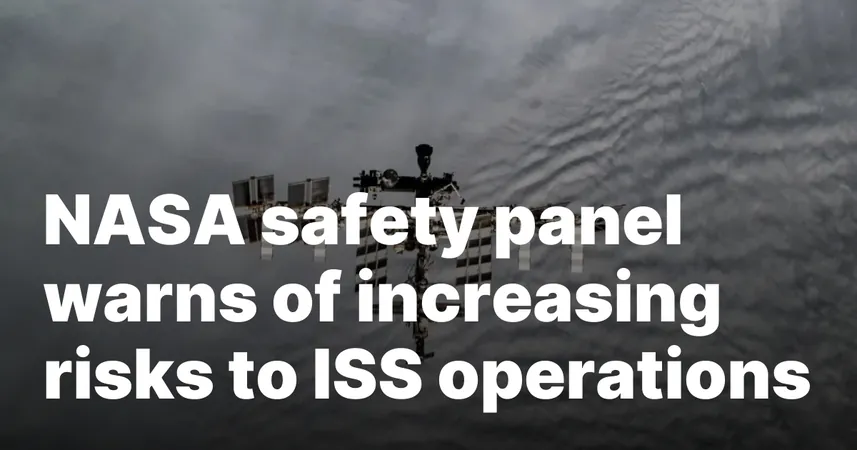
NASA's Urgent Warning: Is the International Space Station in Grave Danger?
2025-04-18
Author: Emily
Growing Concerns Over the ISS's Safety
In a startling revelation, members of NASA's Aerospace Safety Advisory Panel (ASAP) have expressed serious concerns about the safety of the aging International Space Station (ISS). During a public meeting, panelists highlighted that as the ISS approaches its projected end date of 2030, the risks to its operations are steadily escalating.
Rich Williams, an ASAP member, declared that the ISS has now entered its riskiest phase, citing long-standing issues intertwined with financial challenges as central factors.
Cracks, Leaks, and Unresolved Issues
One of the pressing issues threatening the ISS is a series of leaks found in the Zvezda module’s vestibule, known as PrK. Both Russian and American experts have been investigating cracks that have remained unresolved for years, contributing to the growing unease.
Amid these concerns, NASA and Roscosmos are set to meet in Moscow to strategize on how to mitigate these risks. Currently, ISS managers have taken precautionary measures, including restricting repressurization of the vulnerable vestibule.
Deorbiting Dilemmas and Safety Fears
But the challenges don’t stop there. Developing emergency deorbit plans for the ISS has become crucial, especially as the station's retirement approaches. Williams warned that without a reliable U.S. Deorbit Vehicle (USDV) scheduled for delivery by SpaceX, the risk to public safety due to potential debris from an unplanned deorbit would significantly increase.
Supply Issues and Budget Woes
The ISS is also grappling with supply chain disruptions. Delays in cargo resupply vehicles and keeping adequate spare parts for life support systems are additional stress points. Notably, Sierra Space's Dream Chaser vehicle has pushed its launch date until late summer, while Northrop Grumman has canceled its NG-22 Cygnus mission due to damage sustained during transport.
These technical and logistical hurdles are further amplified by a concerning budget shortfall, with Williams emphasizing that all these risks stem from a lack of financial resources. NASA’s fiscal year 2024 plan outlines $993 million earmarked for ISS operations but warns that budgetary pressures may arise from the costs associated with the new USDV and the infrastructure needed to support future commercial space stations.
Call to Action: The Future of the ISS Hangs in the Balance
Williams cautioned that if the funding necessary for both the USDV and its supporting infrastructure comes exclusively from the existing ISS budget, NASA's capacity to conduct safe operations could be jeopardized. He stressed the importance of maintaining sufficient budget and resources until the ISS is safely decommissioned.
Despite praising the operational success of the ISS program, the panel remains alarmingly aware of the increasingly complex risks looming in the coming years. As we edge closer to a critical era for space exploration, the fate of the ISS and the safety of its operations have never been more precarious.

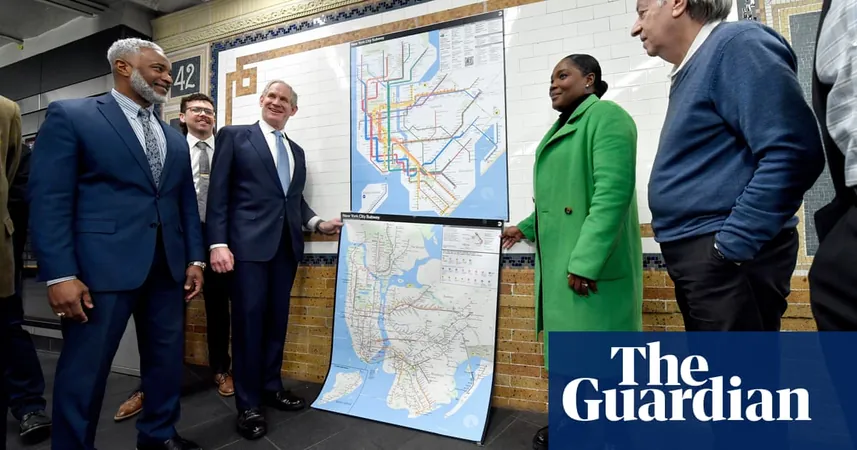




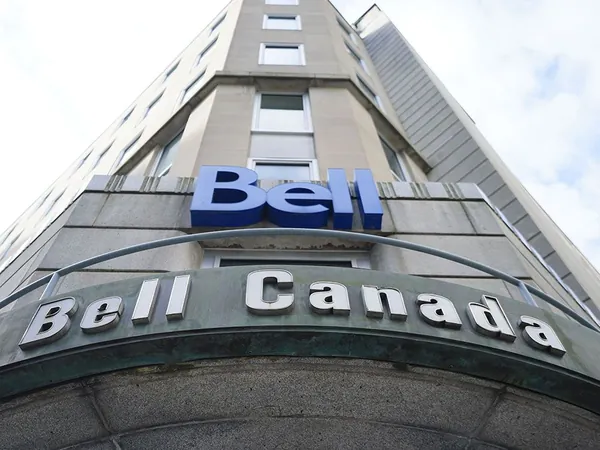
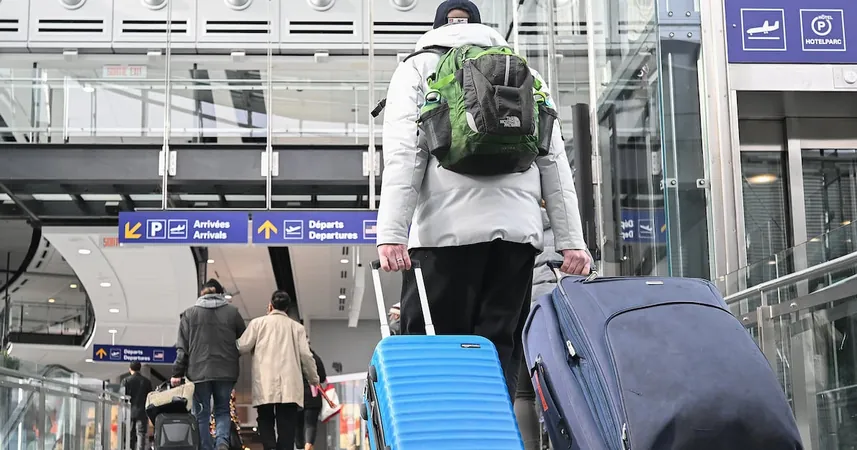
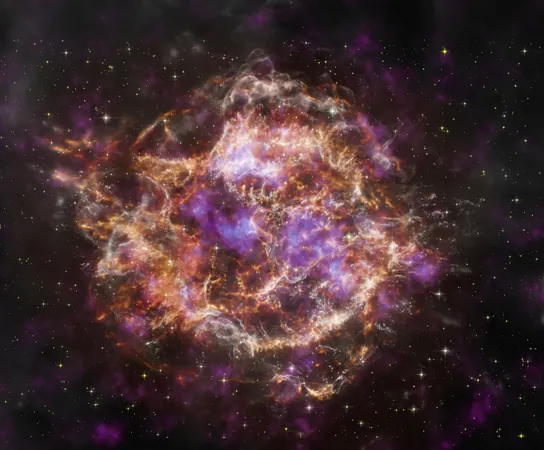
 Brasil (PT)
Brasil (PT)
 Canada (EN)
Canada (EN)
 Chile (ES)
Chile (ES)
 Česko (CS)
Česko (CS)
 대한민국 (KO)
대한민국 (KO)
 España (ES)
España (ES)
 France (FR)
France (FR)
 Hong Kong (EN)
Hong Kong (EN)
 Italia (IT)
Italia (IT)
 日本 (JA)
日本 (JA)
 Magyarország (HU)
Magyarország (HU)
 Norge (NO)
Norge (NO)
 Polska (PL)
Polska (PL)
 Schweiz (DE)
Schweiz (DE)
 Singapore (EN)
Singapore (EN)
 Sverige (SV)
Sverige (SV)
 Suomi (FI)
Suomi (FI)
 Türkiye (TR)
Türkiye (TR)
 الإمارات العربية المتحدة (AR)
الإمارات العربية المتحدة (AR)